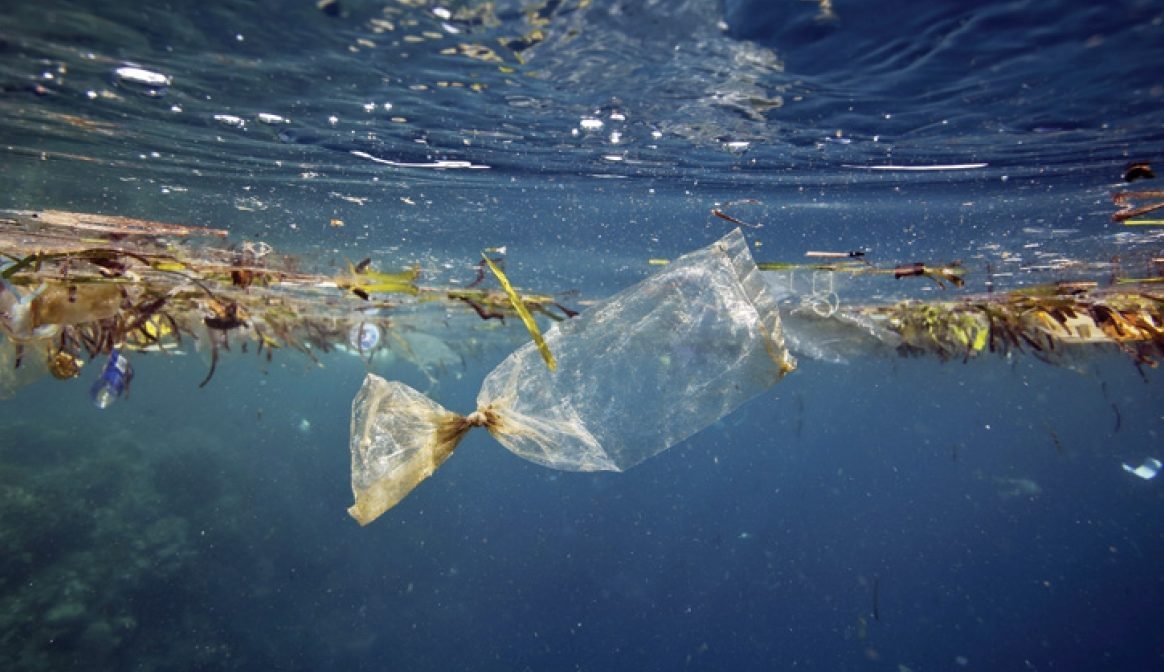Marine animals supplied to Goan markets for consumption may be contaminated with micro plastics. These plastics aren’t visible to the naked eyes. Where do they come from? Well, they are initially a part of plastic garbage that is thrown into the ocean. Later, these plastics breakdown to a smaller level over the years and get consumed by different types of fish, molluscs and sea birds.
As Goans consume a large amount of seafood, lives of many people may be put to risk due to this plastic waste.
National Institute of Oceanography (NIO) in its recent study has found a high concentration of micro plastics in marine life and sea birds off the coast of Keri and Galgibaga. The study is being led by Mahua Saha, a senior scientist, who attempted to study the source, distribution and effect of micro plastic pollution on biota (animal and plant life of a particular region, habitat, or geological period.)
The study has been conducted at the North Goan beaches of Keri, Calangute and Vagator while in South Goa, Mobor, Colva and Galgibaga were selected for the study.
What did the study find?
“We have found high concentrations of these pollutants in fish tissue, molluscs and sea birds from these beaches. When we consume these organisms, the concentration level of these pollutants gets magnified in our body because of their solubility in lipids. This is highly carcinogenic,” Saha said in a Times of India report.
Fish and Molluscs end up consuming these microplastics. Small fishes consume it primarily. Larger fishes who prey on small fishes end up consuming the contaminated fish. While the sea birds also get contaminated through small fishes. Humans consuming the contaminated seafood face the risk of contracting cancer.
Currently, studies are being conducted across the world in regard to this subject. A National Geographic scientist has highlighted that the problem is extremely severe due to the large chunks of plastic floating in the waters.
(Information credit: ToI)


